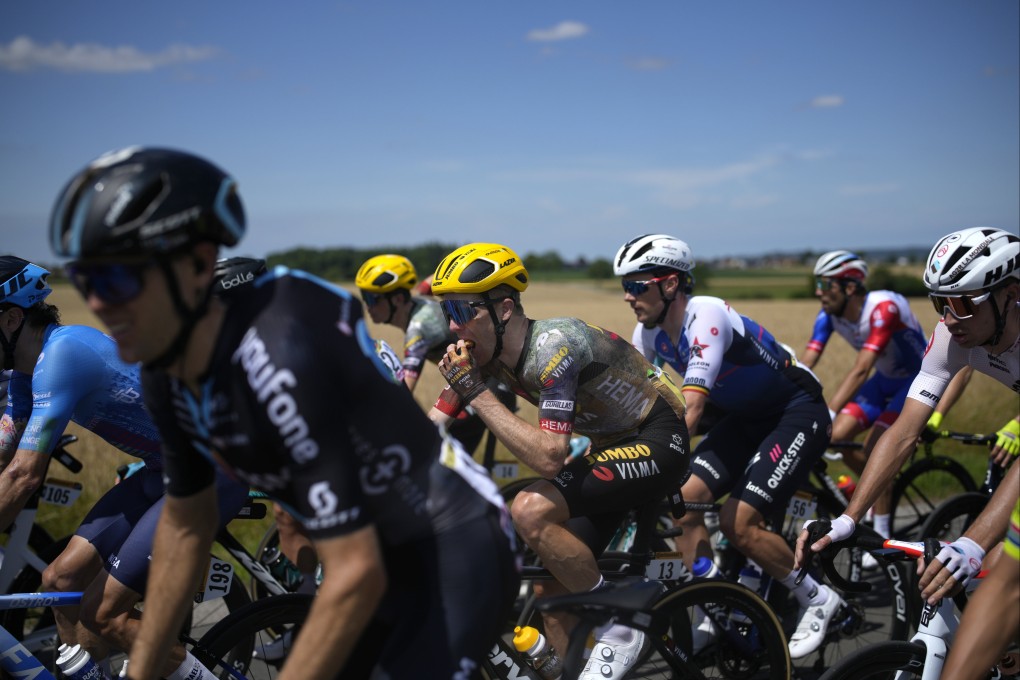Tour de France: what do cyclists eat before, during and after racing?
- Sporting nutrition has evolved considerably in recent years, but surviving the Tour de France remains no mean dietary task for the racers
- The gruelling 3-week event requires a huge intake of healthy foods – and unlikely ones like pizza – but approaches have changed over the years

Cycling’s Tour de France is considered one of sport’s most prestigious events, and one of its toughest.
That entails a strict dietary regime – although, in such a long race, a little bit of what you fancy does you good, too.
“If something feels good to eat, then eat it,” says sports physiologist Allen Lim, who has worked for the RadioShack, Phonak and Garmin teams.
“In one Tour de France, after 17 of the 21 stages, I cooked up chicken fried rice for the riders, and the rest of the time they had pizza.”

This year’s race started on July 1 in Copenhagen – continuing a tradition of holding the first day’s racing abroad – before heading south from northeast France and winding around the country until it finishes in Paris on July 24.
There are 21 daily stages and three rest days – although the cyclists do ride on those days – and the route will cover 3,328km (2,068 miles) of a mix of flat, rolling and high-mountain roads, with the winner averaging around 40 to 42km/h.
